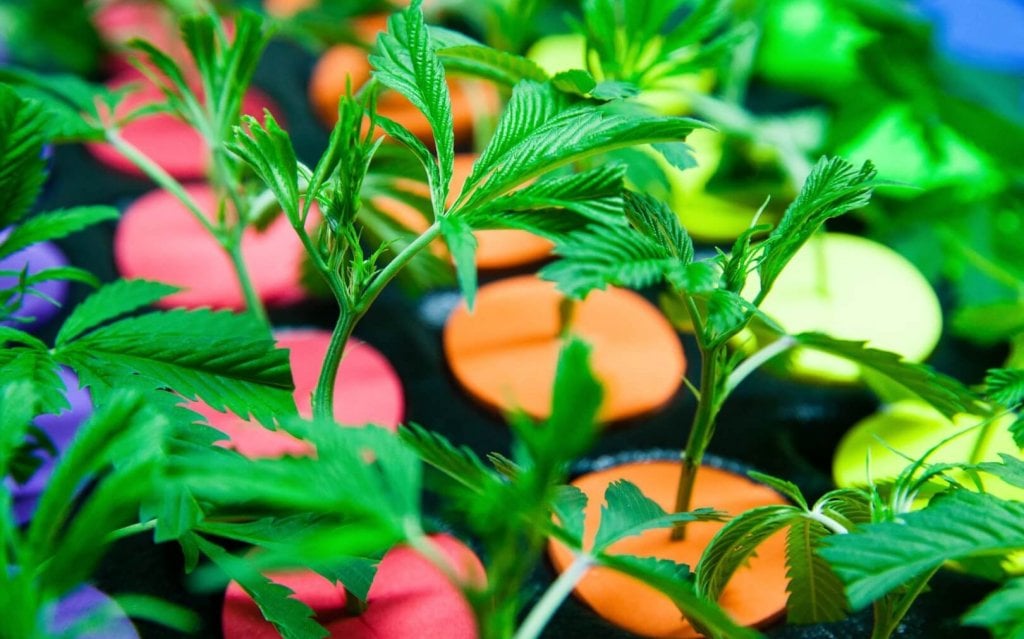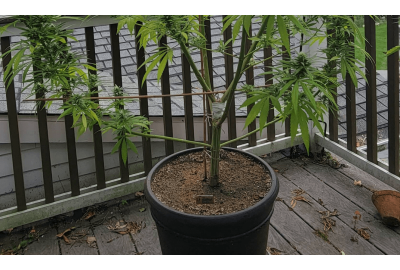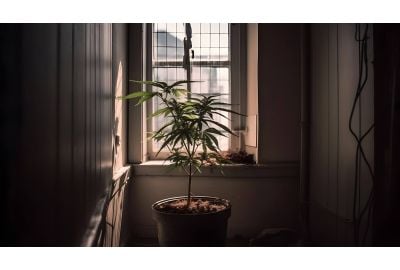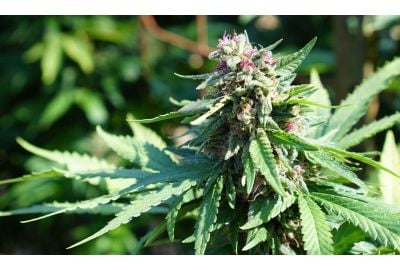Air Layering Cannabis: A Complete Guide To Propagating Weed Plants
Looking for easier ways to expand your canna garden while retaining all the steller genetics from the mother plant? Ever tried air layering your crops?
Cloning your marijuana plants is as inspiring as watching them grow from seed. The part removed from the mother plant already has root development, significantly boosting your growing time.
Air layering your marijuana plants allows you to save on time and space, among other great benefits.
Let's cut to the chase and find out how you can multiply your favorite strains.
What is air layering?
So, what is air layering? Think of it as another way of cloning cannabis while still attached to the mother plant. This method prepares a clone with roots in the vegetative stage before cutting it off and planting it.
A light layer is scored from a branch when creating a clone site. Using moss and appropriate fertilizer creates a moist and dark space around the area to encourage root development.
Although it’s one of the fastest cloning methods, it requires more work than just snipping off a branch to replant. The extra effort in preparing the site is all worth it, though.
The difference between air layering cannabis vs. cloning is the significant boost of marijuana nutrients the latter receives from the mother plant.

Pros and cons of air layering weed plants
Growers prefer this method as it often has better results and maintains the connection to the mother plant. It's a great way to keep the “growing going” when unforeseen circumstances prevent visits to the cannabis seed bank.
Pros of air layering:
- It has a 98% success rate of clone development.
- The clone preserves the genetics of the mother plant.
- You use less space and don't need seedling pots to develop roots.
- The developing clone receives all the nutrients from the mother plant.
- You start your next cannabis plant in a shorter time frame.
Cons of air layering cannabis:
- More time-consuming than the more traditional cloning method.
- Due to scoring on the branch, the plant risks potential infection.
- The diversion of nutrients to the cloning site means the mother plant receives less.
How to apply the air layer propagation method
Before applying the air layering propagation method, ensure that your mother plant is ready for the procedure. Is it sturdy, healthy, and in its pre-flowering stage?
Remember that your clone produced from this method is a replica of the mother plant that nurtures it. If you're air layering on crops grown from high yield seeds, you'll get a plant that produces buds in abundance.

Required equipment for air layering cannabis
Gather the following tools to attempt this method:
- A sharp, sterilized blade
- Rooting or cloning gel
- Sphagnum/peat moss or rooting blocks
- Plastic cling film (murky or black)
- Cable ties or rubber bands
- Cotton swabs
- Purified water
- Healthy mother plant
Step-by-step guide
Follow the guide below for optimal air layering propagation results:
Step 1: Soak your rooting material
Soak your moss or rooting blocks in purified water. Squeeze excess liquid from the material to make it moist and unsaturated.
Step 2: Select the branch you want to clone
Select a robust and healthy branch for air layering your weed. The best ones show vegetative growth. The lowest visible node is where you want to prepare the site for cloning. Trim away any foliage that may obstruct the rooting material.
Step 3: Score the part of the branch
Use the sterilized blade to score the clone site and gently slice off an inch of the branch's top layer. Hold it at an angle to avoid deep cuts.
Step 4: Apply the rooting gel and the moist moss and block
With the cotton swab, apply a thick layer of rooting gel (or cloning gel) to the scored area.
Step 5: Wrap the rooting block
Cover the clone site with the sphagnum moss or rooting block to create a moist pocket for root development. Secure it with plastic cling film and lock it with cable ties or rubber bands.
Within two to three weeks, you'll notice the roots. Gently remove the moisture pod from the air layer propagation site. Use a clean cutting tool to separate the clone from the mother plant.
Step 6: Plant the branch
Plant your babies in a clone grow box as they're still in their seedling stage.

Step 7: Follow the result
Keep a close eye on your newly developed clones and water them regularly over the next few days. Use the correct soil for weed plants to ensure your crops receive all the nutrients they need.
FAQs about air layering cannabis
Here are our answers to the most commonly asked questions about this propagation technique:
When is a good time for air layering?
The best season for air layering cannabis is spring, but you can do it throughout the year. Apply this propagation method at the pre-flowering stage of the growth cycle.
How long does air layering take to root?
Once you create the ideal environment around the cloning site, roots develop within two to three weeks.
About the author: Derek LaRose
Also known as Kronic from The Cannabis Kronicles, Derek LaRose is a young ambitious cultivator and a staple educator for indoor cultivation.



